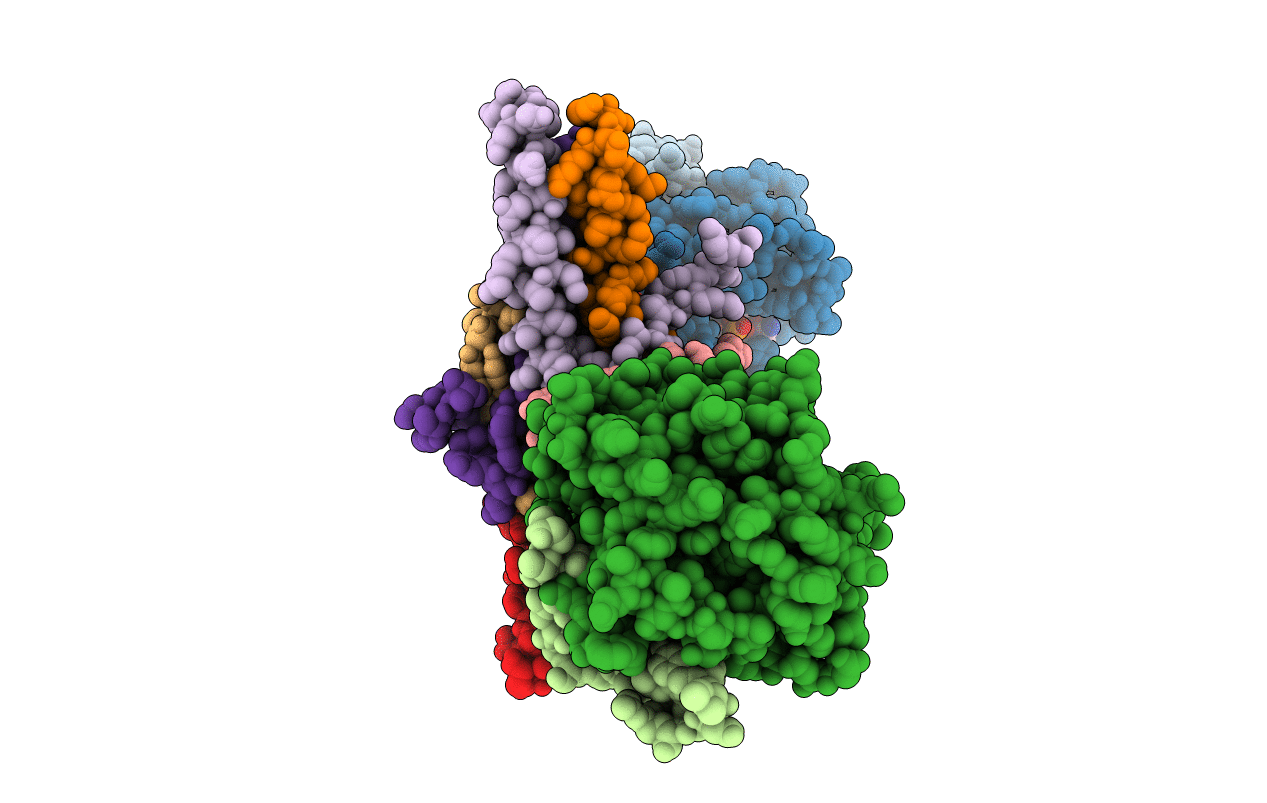
Deposition Date
2005-06-27
Release Date
2006-05-02
Last Version Date
2024-11-13
Entry Detail
PDB ID:
2A45
Keywords:
Title:
Crystal structure of the complex between thrombin and the central "E" region of fibrin
Biological Source:
Source Organism:
Homo sapiens (Taxon ID: 9606)
Method Details:
Experimental Method:
Resolution:
3.65 Å
R-Value Free:
0.29
R-Value Observed:
0.22
Space Group:
P 31


